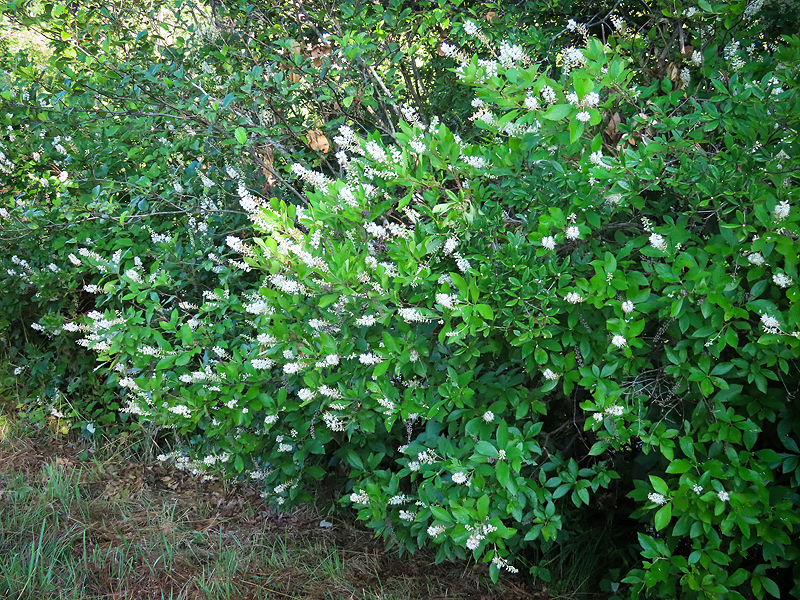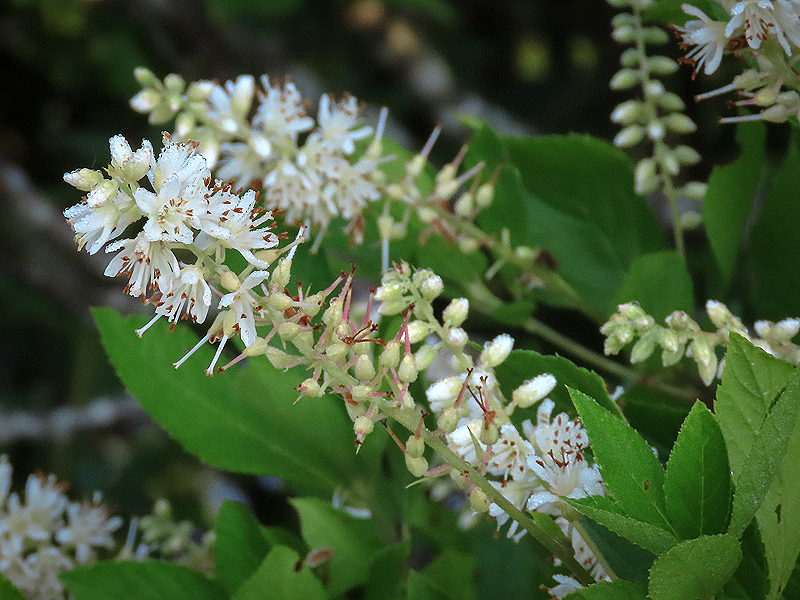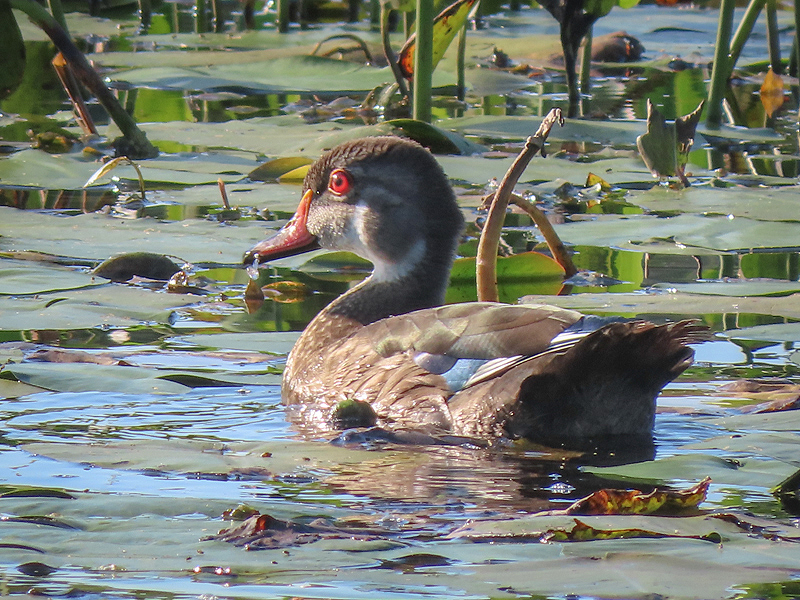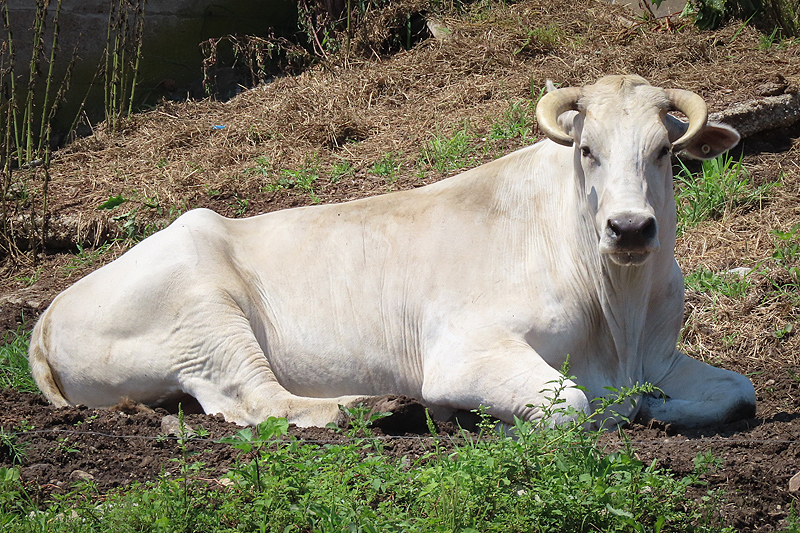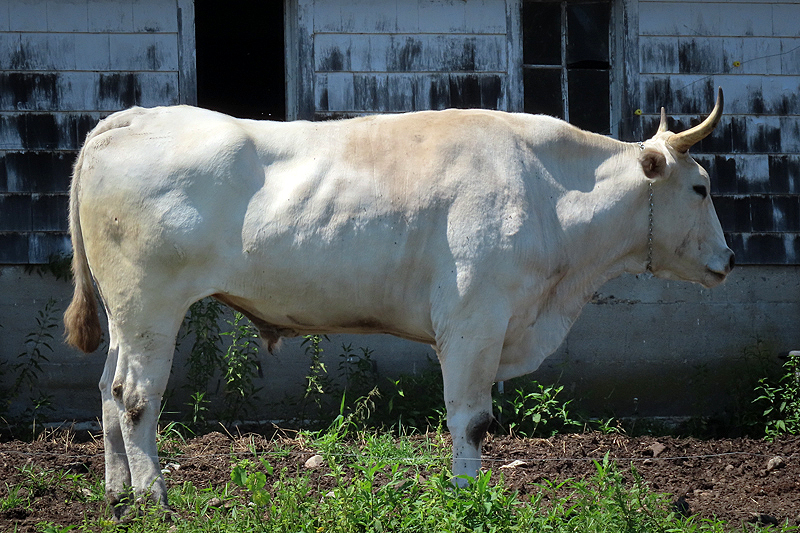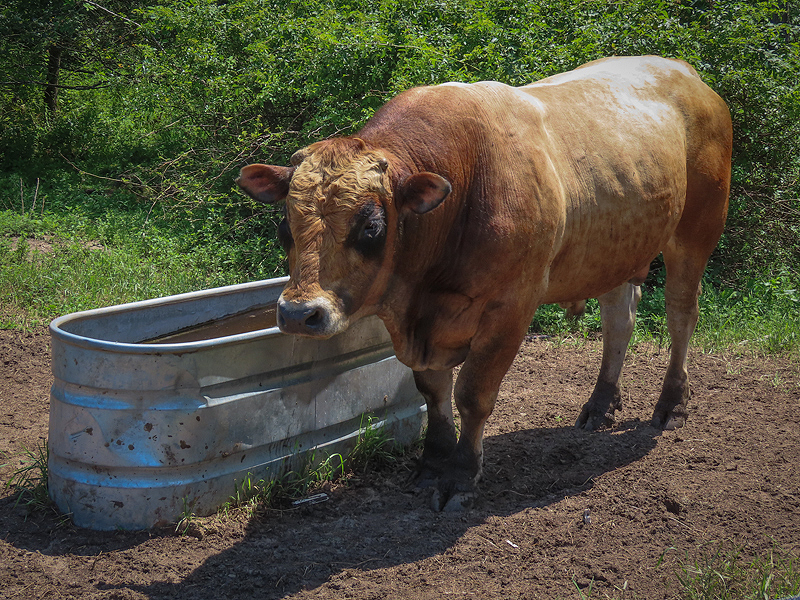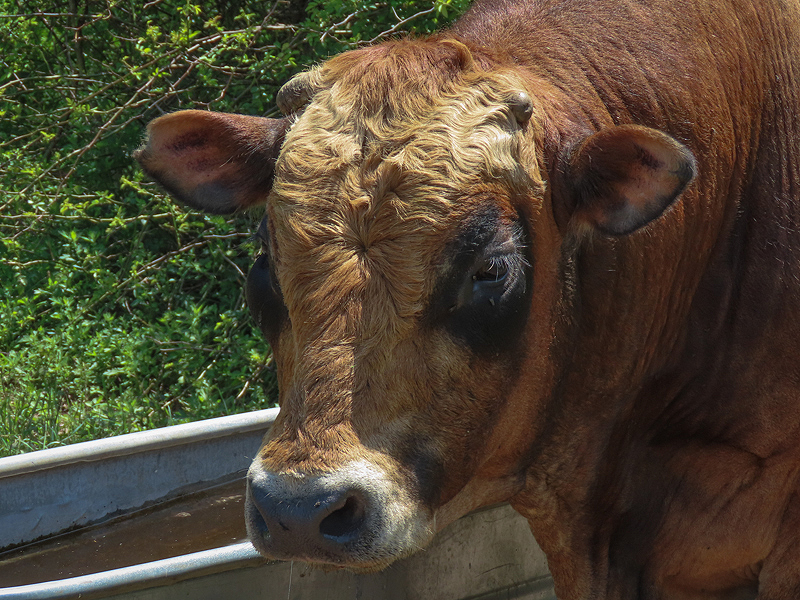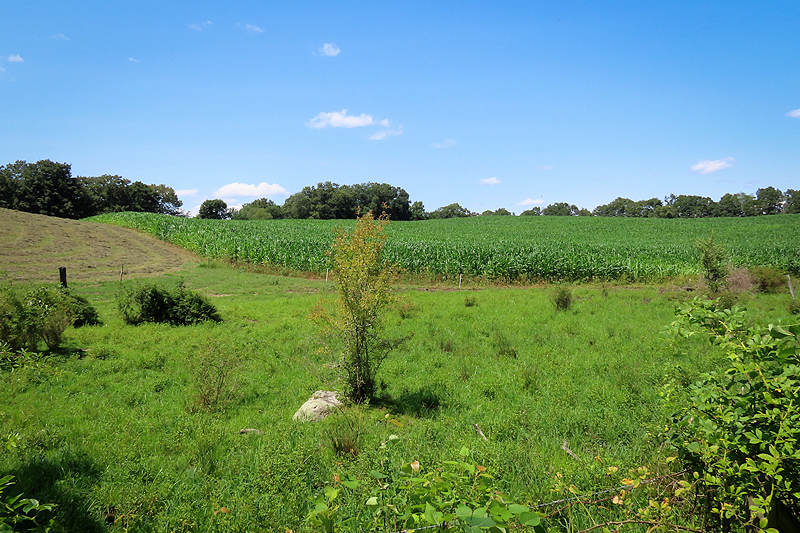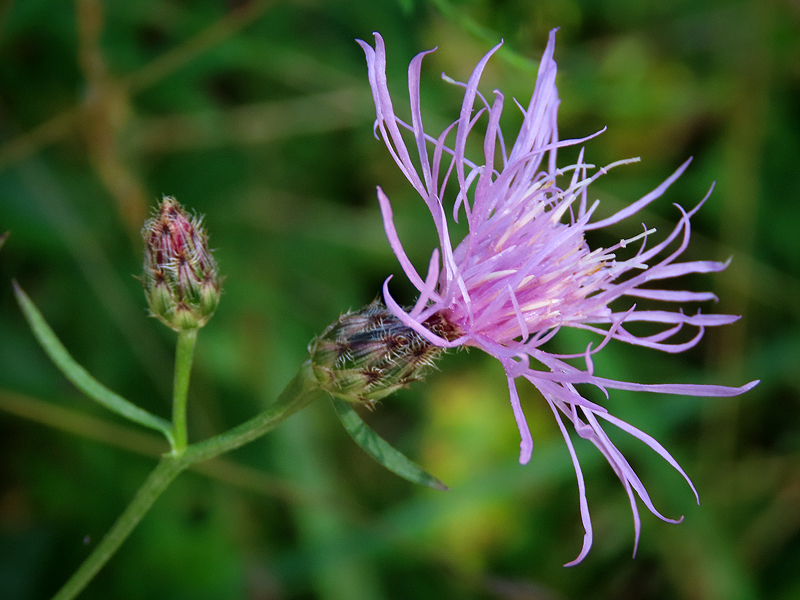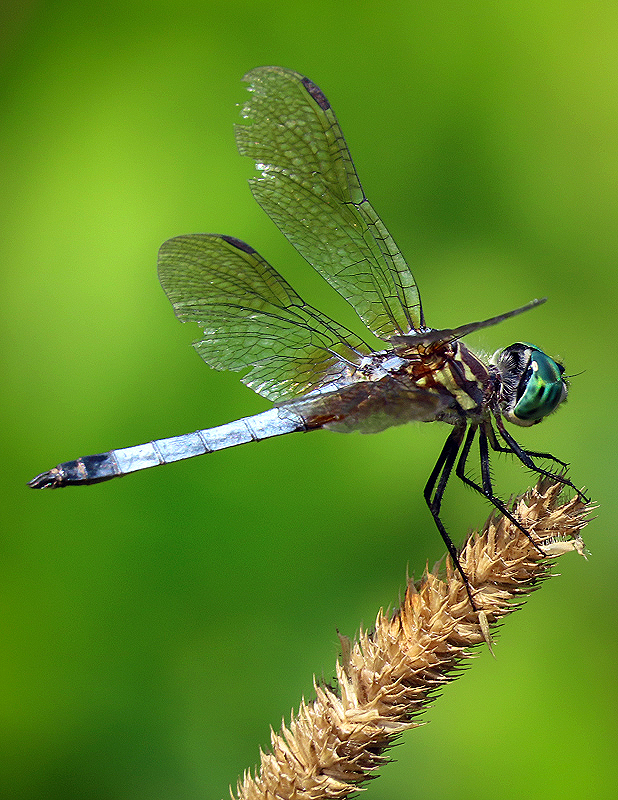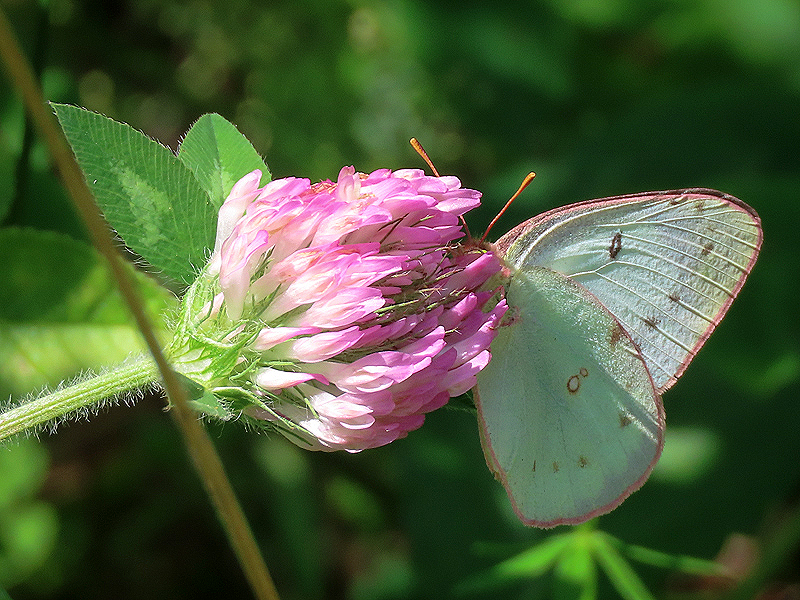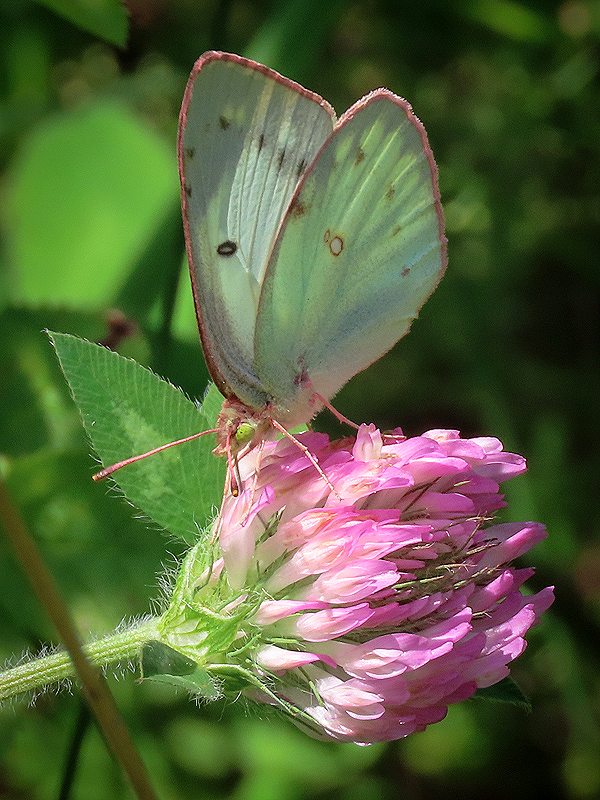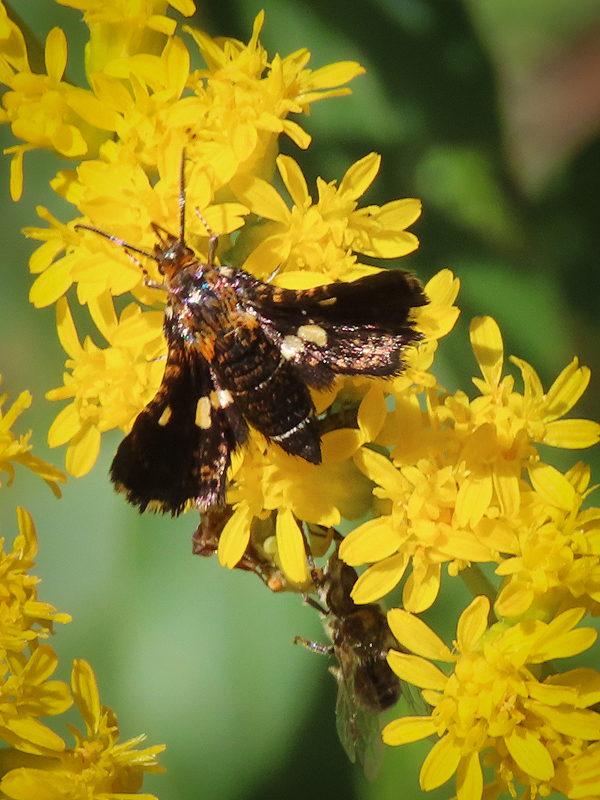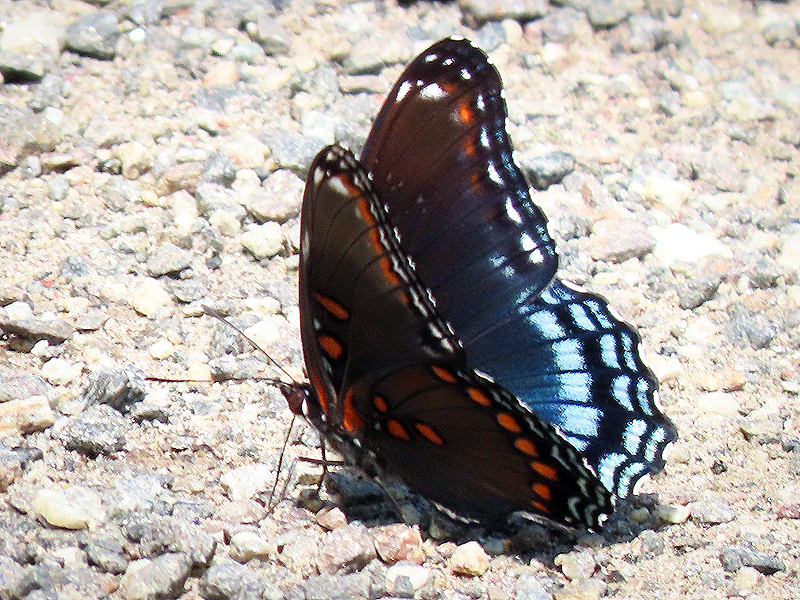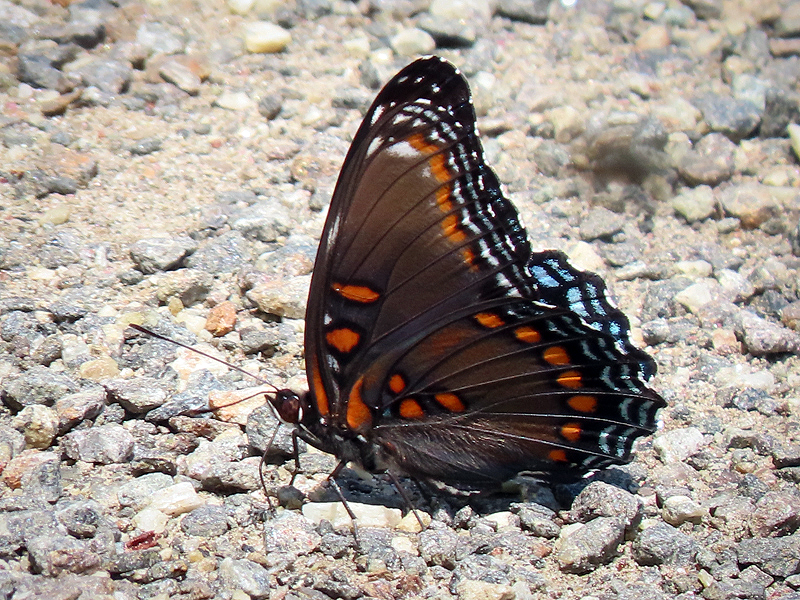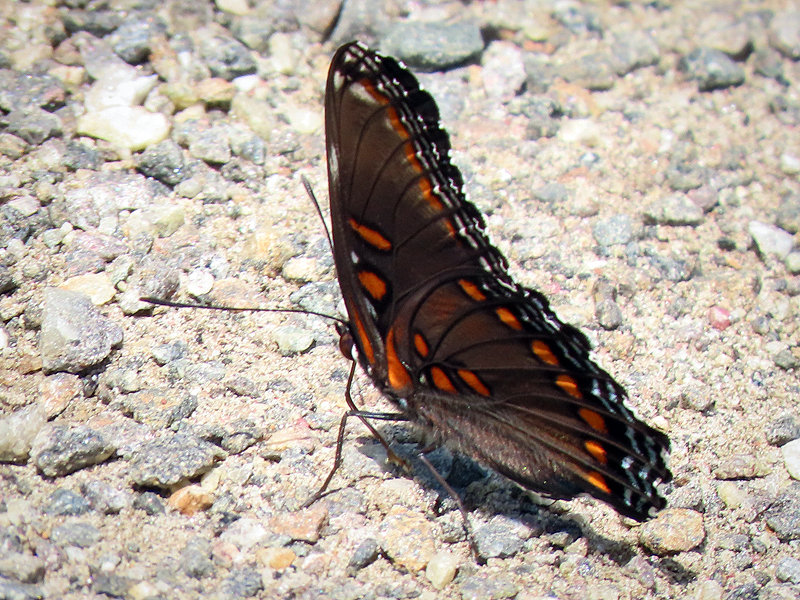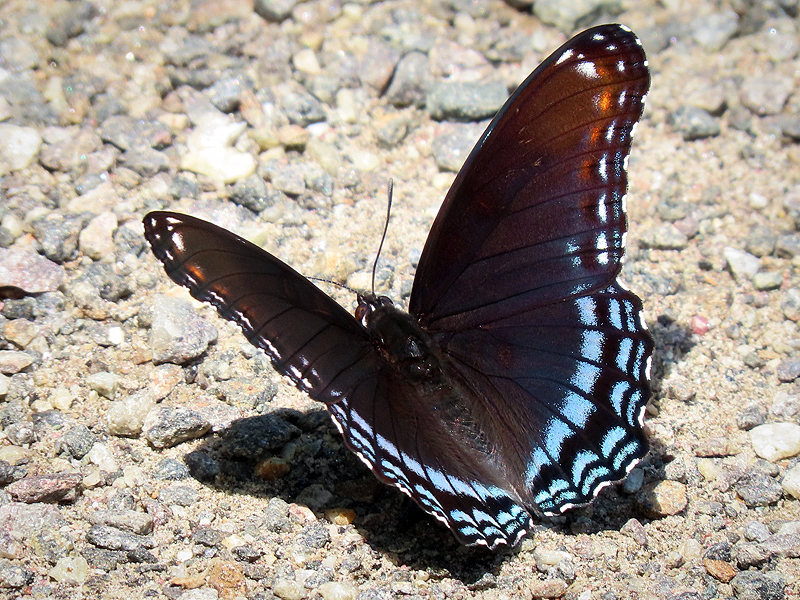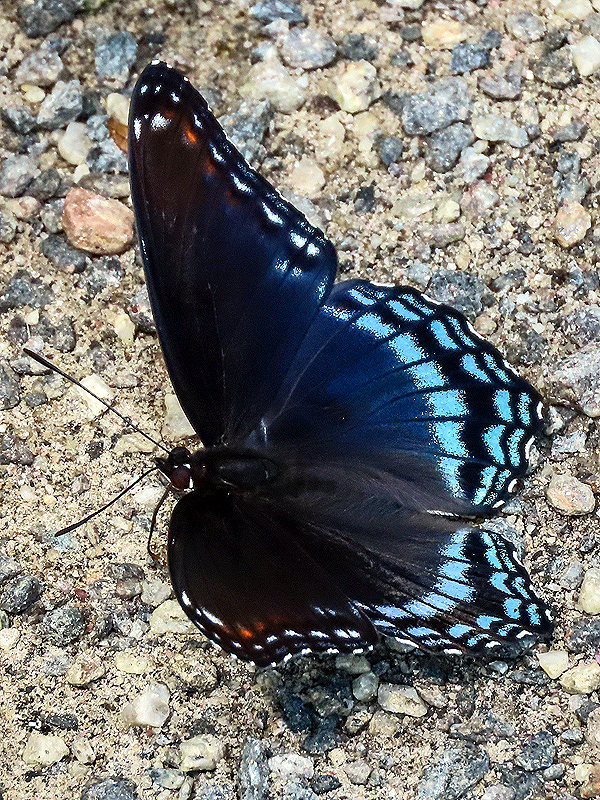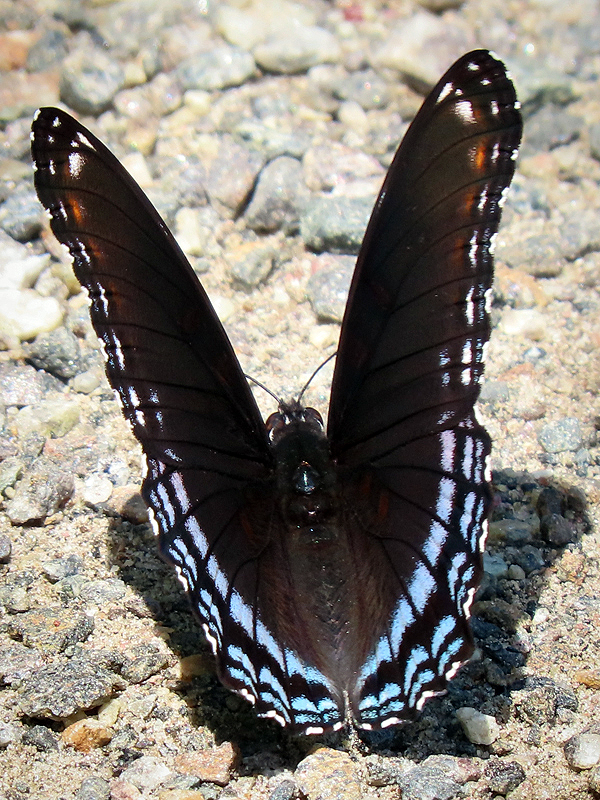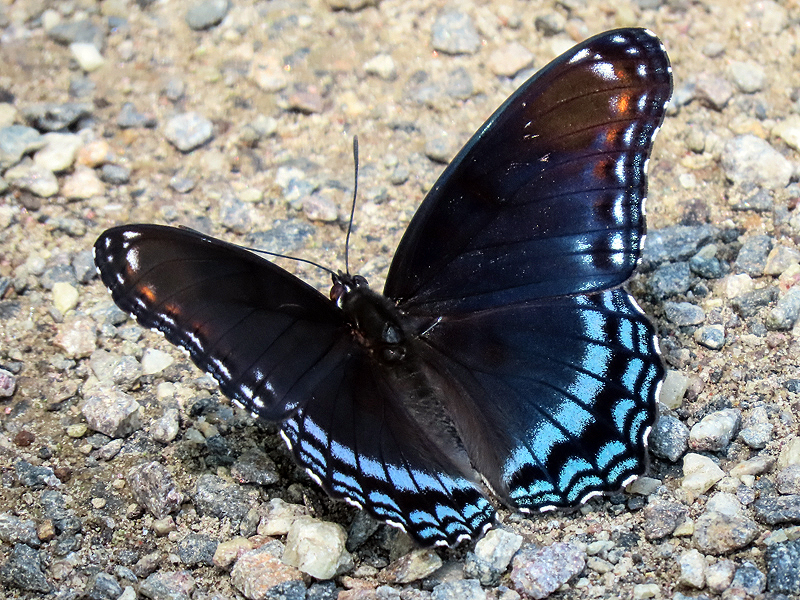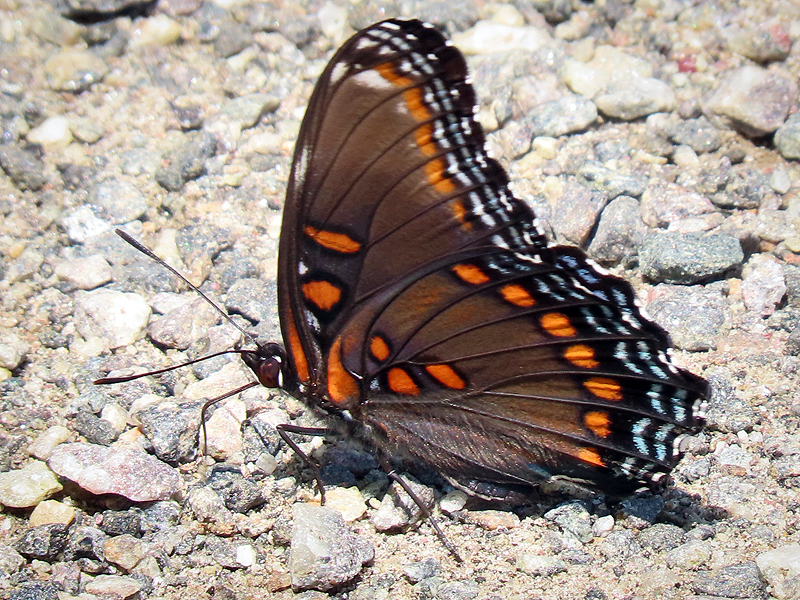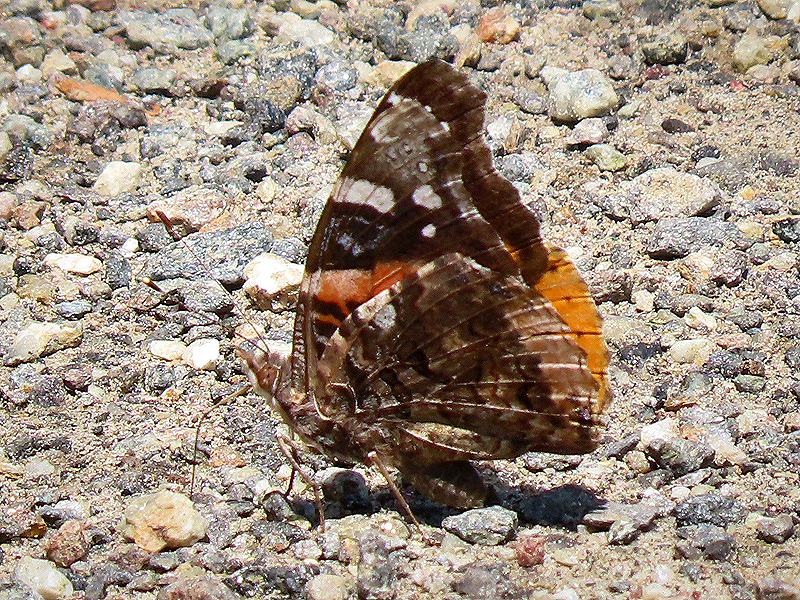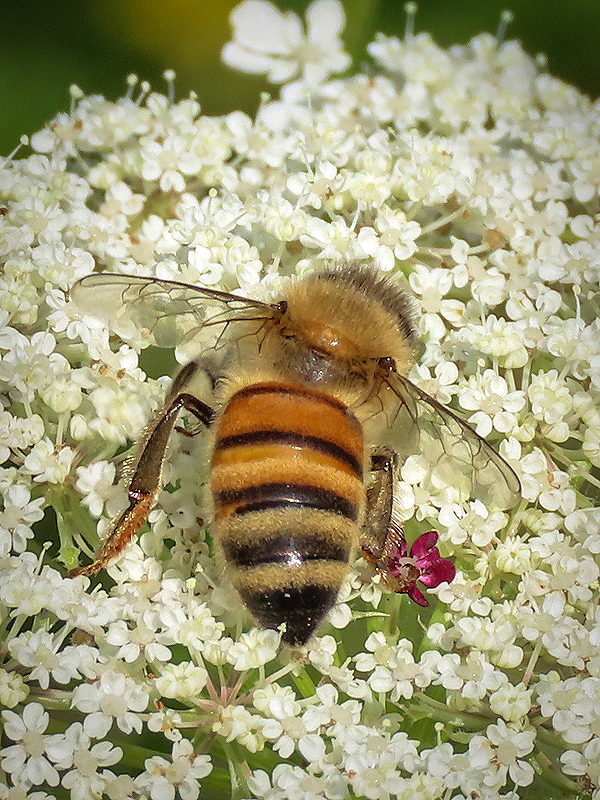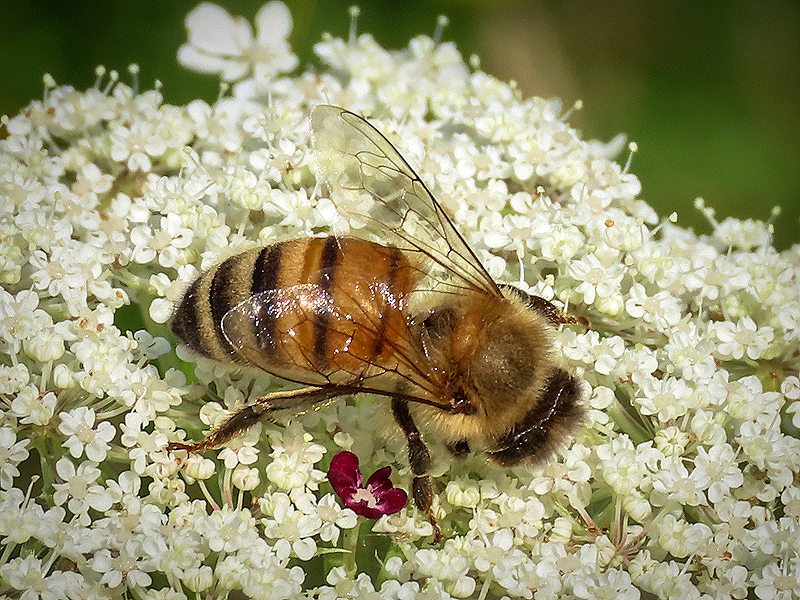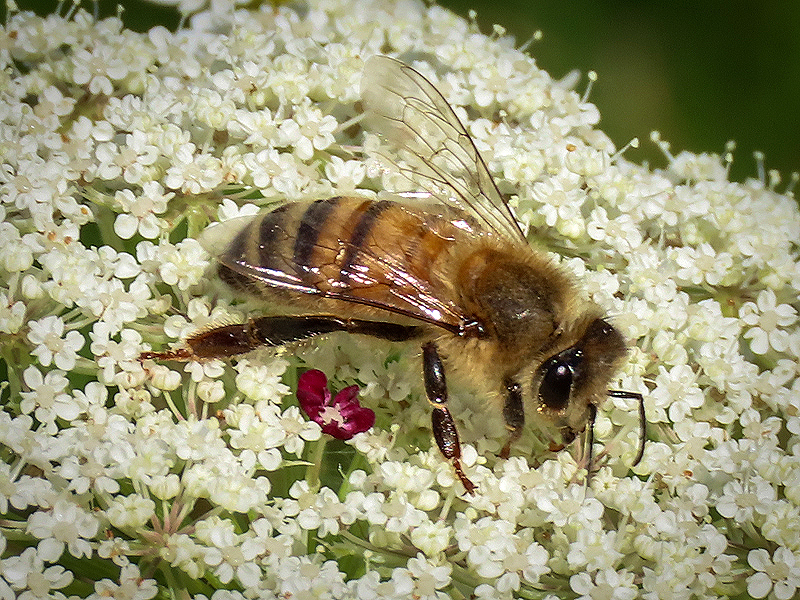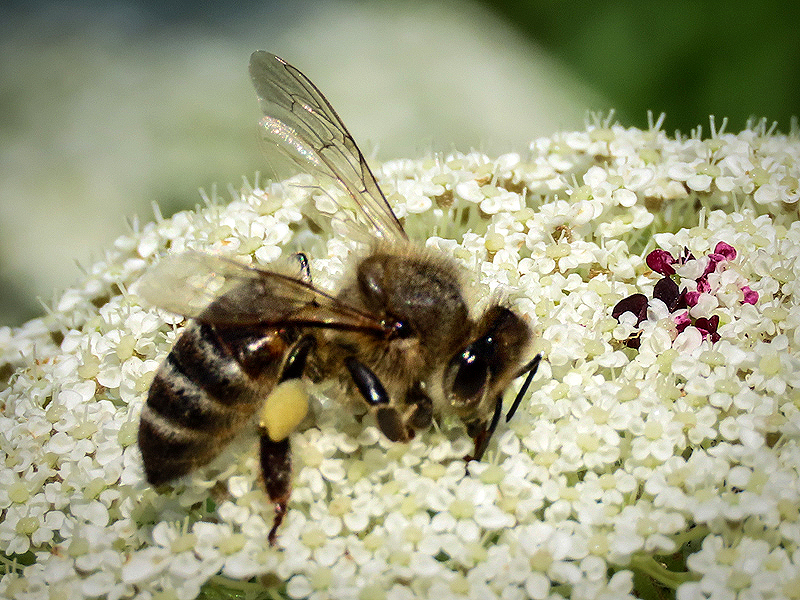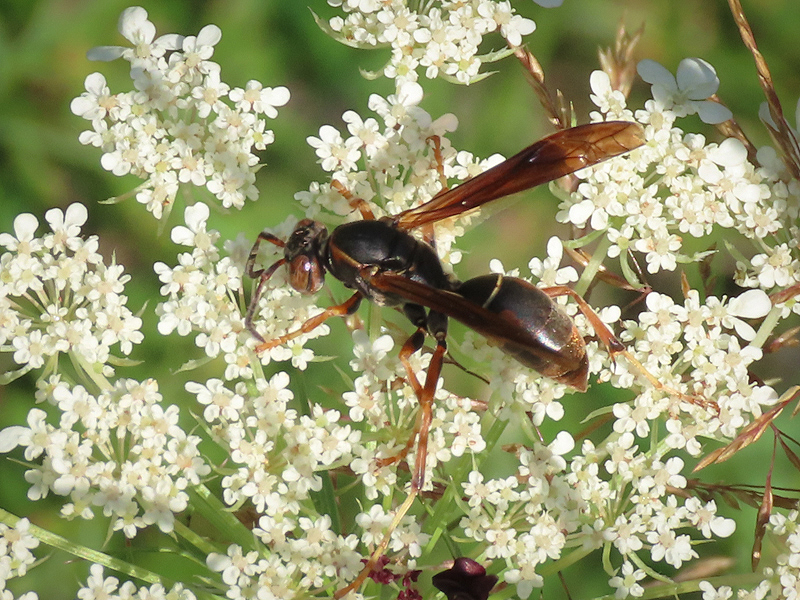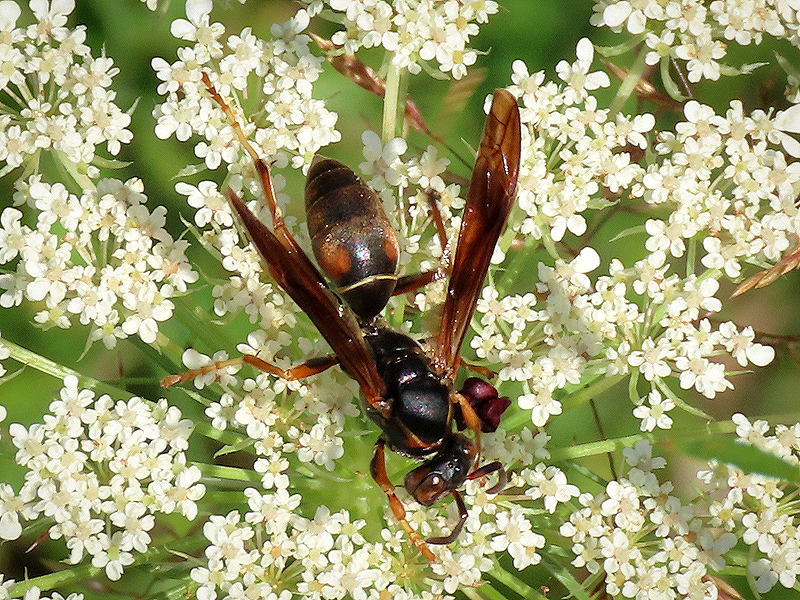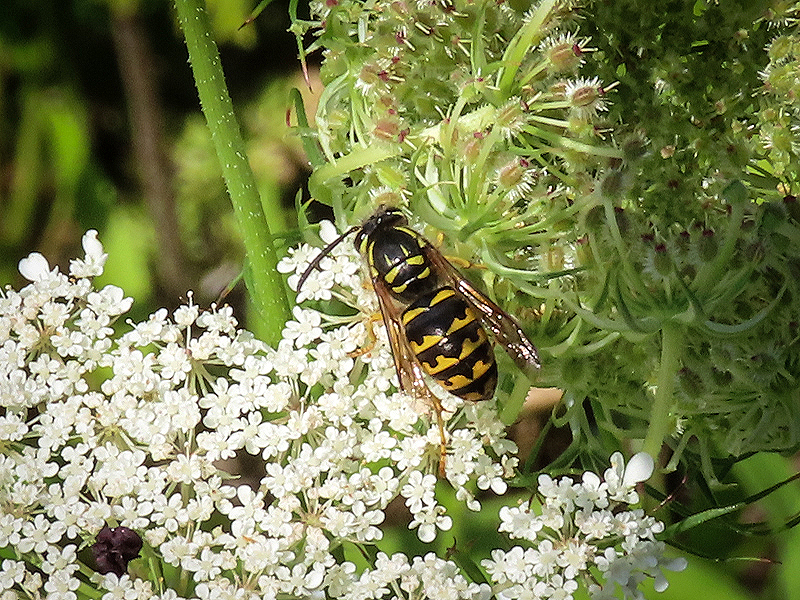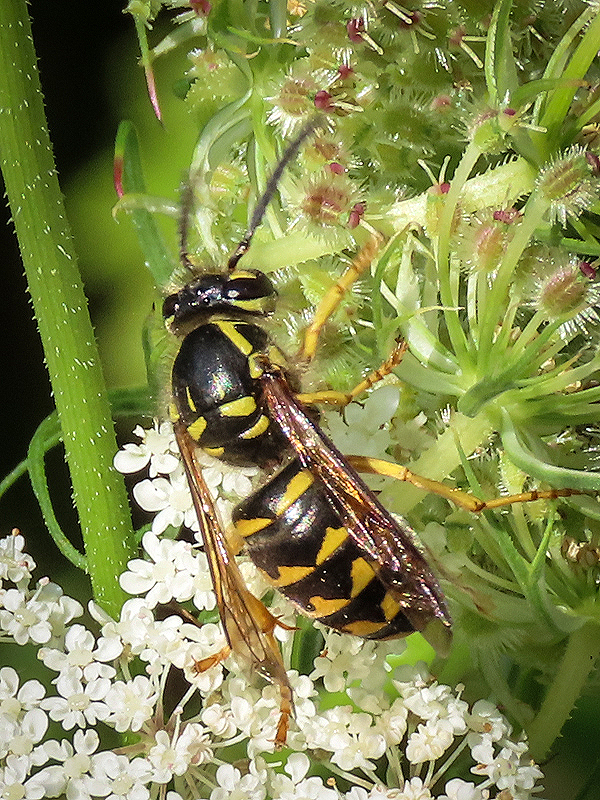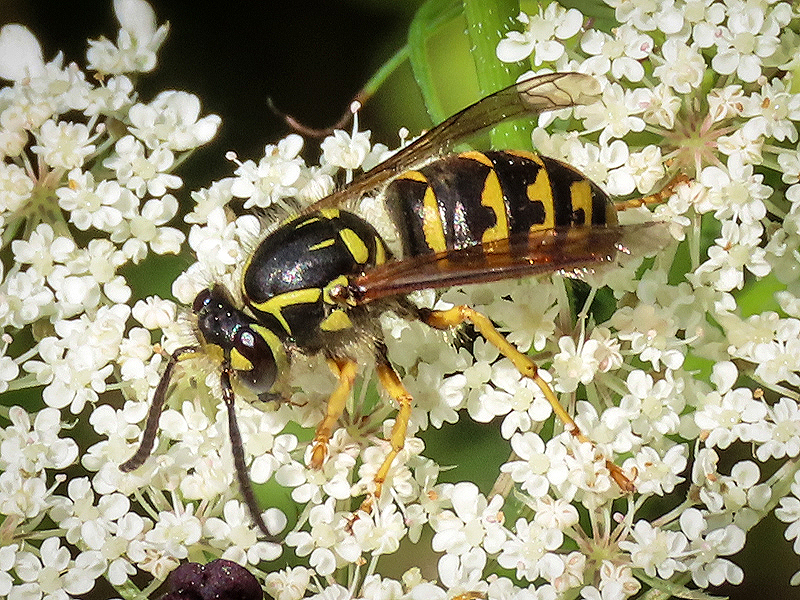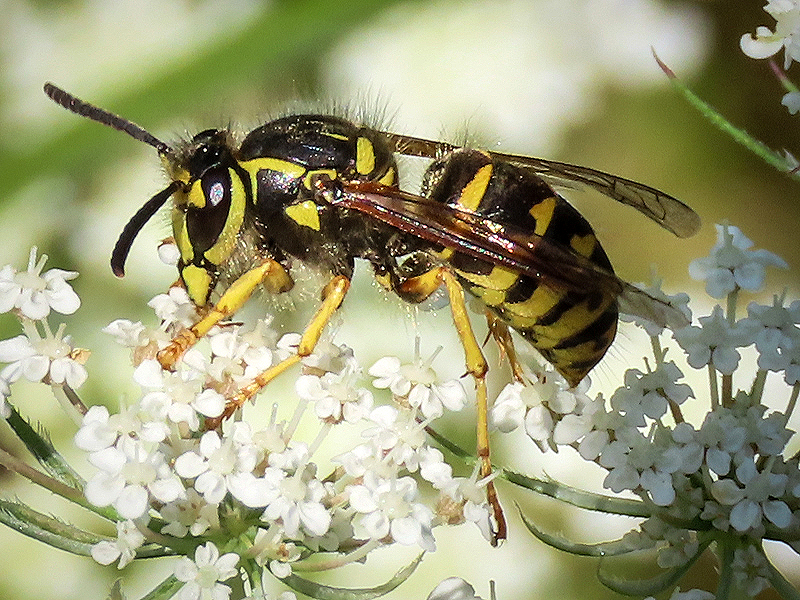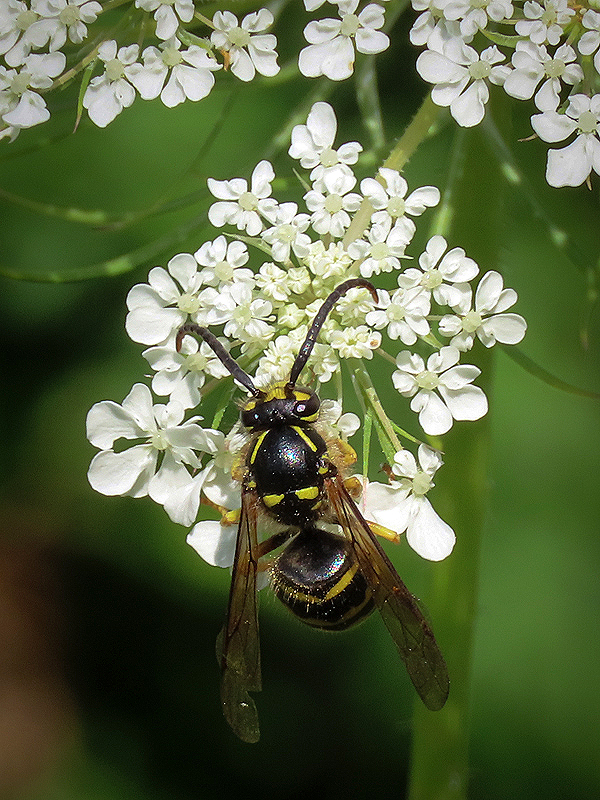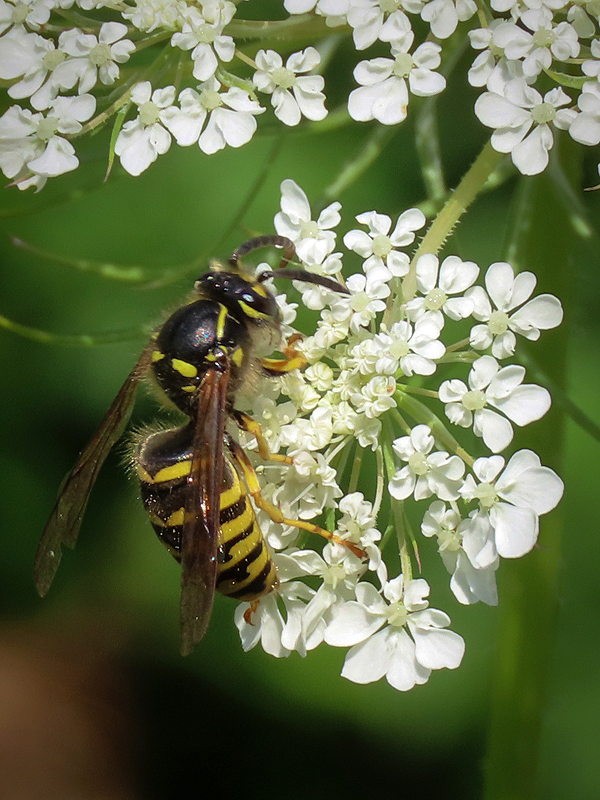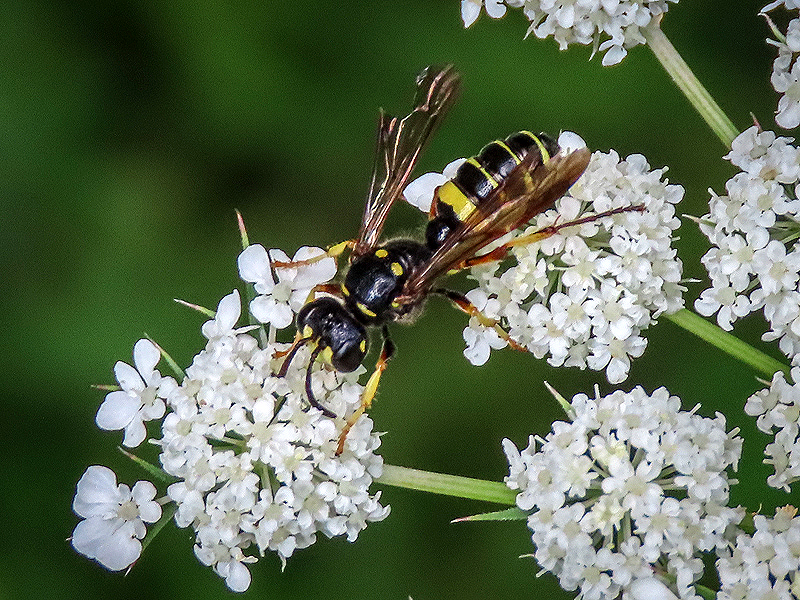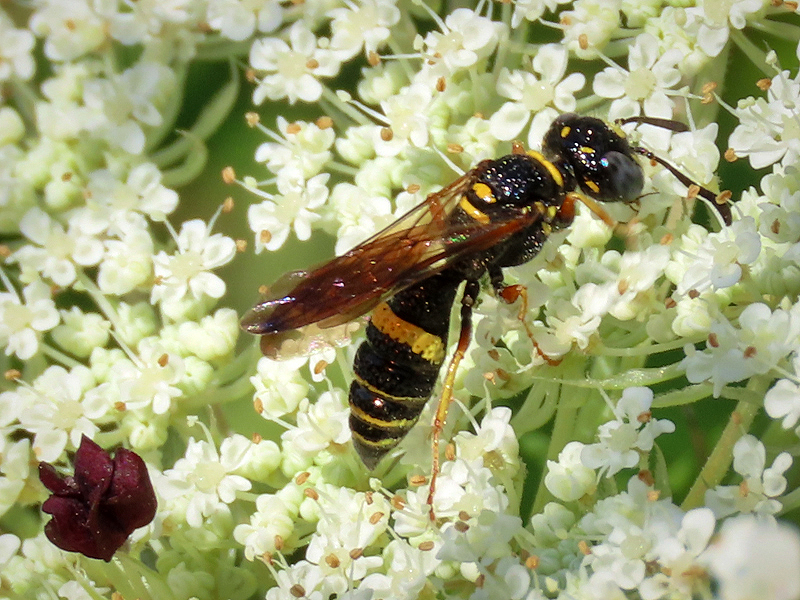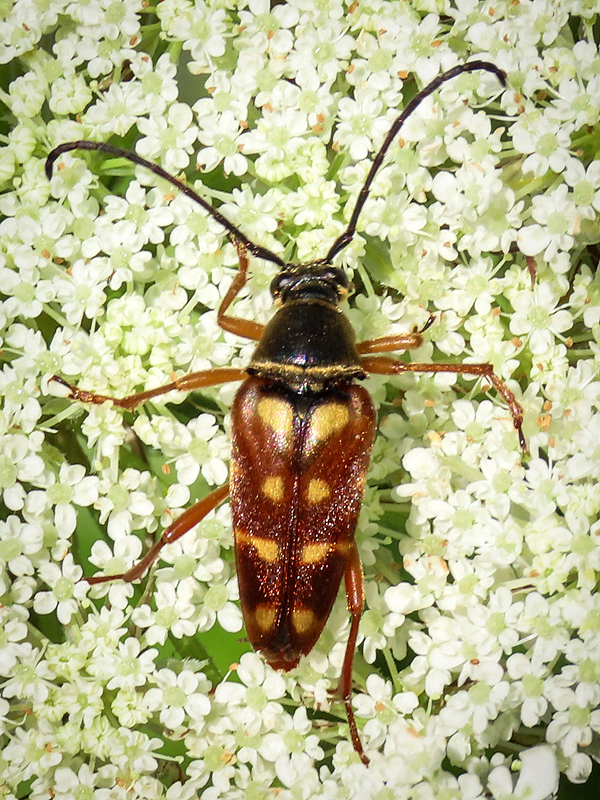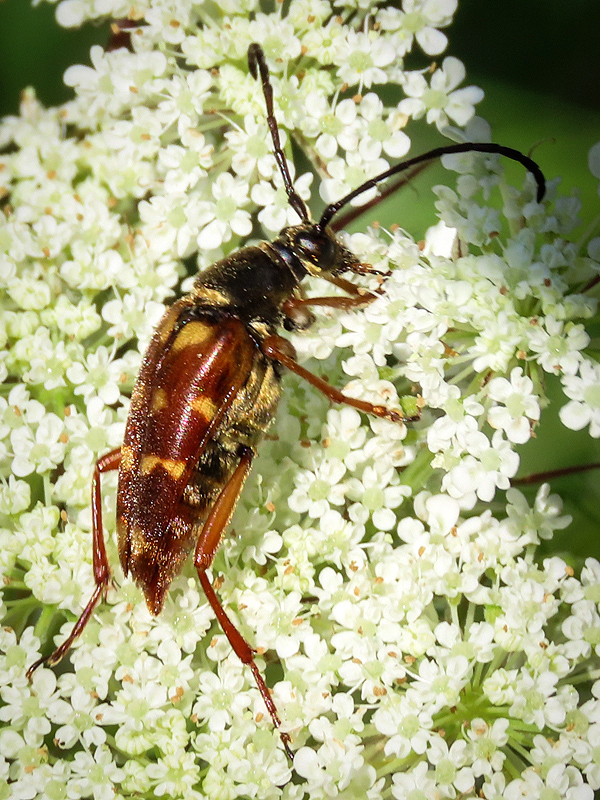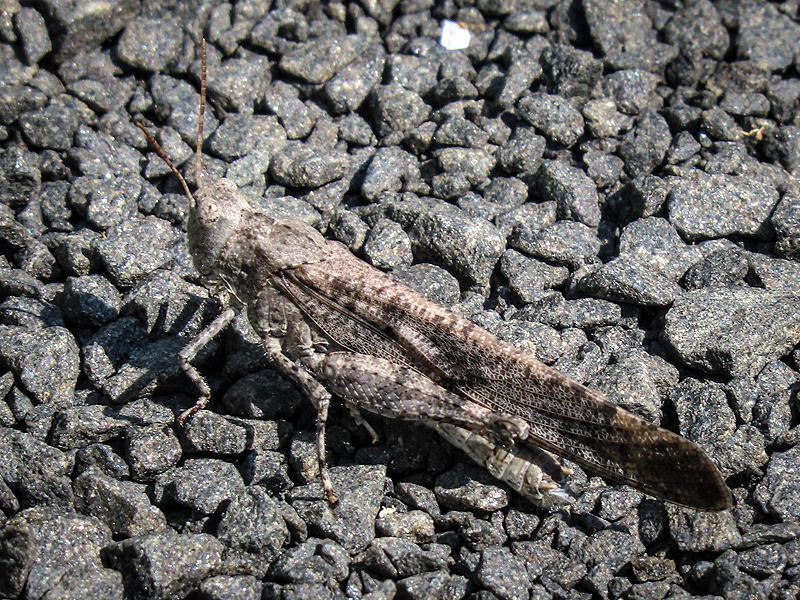Along the Air Line... 2023 - Summer, Part 6 The Air Line Trail in Eastern Connecticut - Stan Malcolm Photos |
HOME: Air Line... 2023 Pages Menu Stan's FlickR Albums |
July 31st. Back from nine days in northern New Hampshire. Sweet Pepperbush (Clethra alnifolia) is blooming at Raymond Brook Marsh. |
|
A young male Wood Duck (Aix sponsa). The red eye is a male characteristic. |
An afternoon walk east of cook Hill Road in Lebanon. Familiar cattle... |
|
...though most of the cattle were temporarily(?) enclosed by electric fence across the trail from the barns. |
What a beast! |
Ah, the reason for the move: their former pasture has been planted with corn. |
Lots of Spotted Knapweed (Centaurea maculosa). |
A male Blue Dasher dragonfly (Pachydiplax longipennis). |
A Cloudless Sulphur (Phoebis sennae) on Red Clover (Trifolium pratense). |
|
A Spotted Thyris (Thyris maculata), one of the Window-winged Moths, Family Thyrididae). When editing the photo, I noticed below and behind the moth, an Ambush Bug has captured a bee. |
A Red-spotted Purple (Limenitis arthemis astyanax). |
The red spots are on the underside of the wings. |
Male butterflies in particular gather minerals from sandy soil (and often animal dung). The minerals are packaged with sperm and transferred to females in mating. The minerals are passed on to the eggs. |
|
|
|
|
Here you can see this male's proboscis probing for minerals. |
A bedragled Red Admiral butterfly (Vanessa atalanta). |
The underside - especialy the hind wings - mimics a dead leaf. |
August 2nd. An afternoon walk east from Depot Hill Road in Cobalt. Lots of insects on Queen Anne's Lace (Daucus carota), including Honey Bees (Apis mellifera)... |
|
|
|
...a Northern Paper Wasp (Polistes fuscatus)... |
|
...and various other Vespid wasps (Family Vespidae - note the pleated wings when at rest) including Yellowjackets... |
|
|
|
|
|
...and a Mason or Potter Wasp (Subfamily Eumeninae, probably Ancistrocerus sp.). |
Plus this Bee Wolf (Family Crabronidae, Philanthis gibbosus). |
Then there's this vaguely wasp mimetic Banded Longhorn Beetle (Typocerus velutinus). |
|
Speaking of mimics, in this case mimicking the substrate, there's this Carolina Grasshopper (Dissosteira carolina). In flight, they display black wings with a bright yellow band at the margin. More pictures from this afternoon walk on the next page. |
